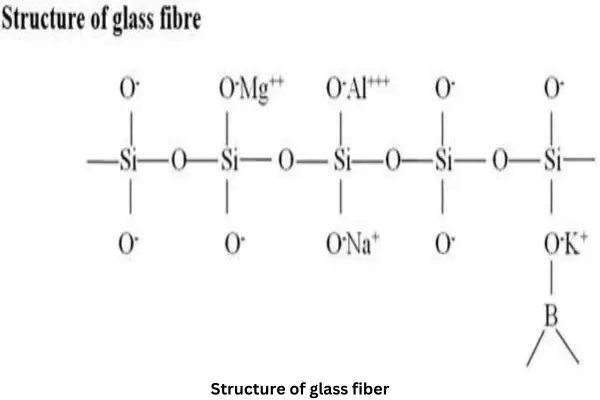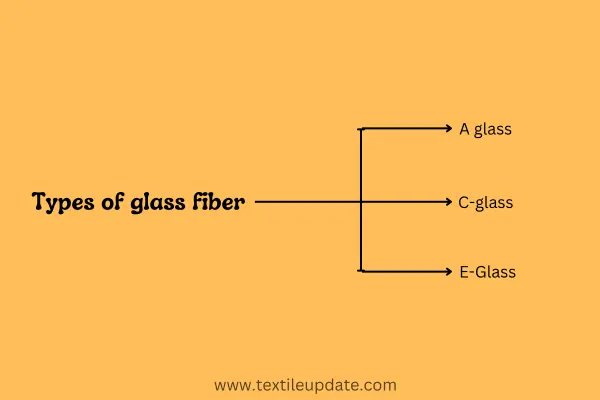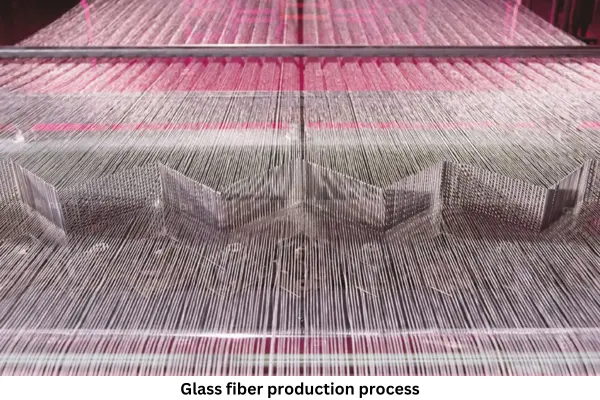What is glass fiber?
Glass fiber is a material that is made up of numerous extremely fine fibers of glass.
Table of Contents
Structure of glass fiber:
Glass fiber is formed when silica-based compounds and other glass-like compounds are given a very thin and flexible shape like yarn. The process of making fibers like yarn by heating and stretching glass or sandy material has been around since ancient times, although its proper use has been known since the twentieth century. Commercial production of glass fiber started in 1936.

In 1938, the two largest glass manufacturers, Vince-Illinois Glass Company and Corning Glass Company merged to form Vince-Corning Fiberglass Corporation in a continuous filament system. Commercially started producing fiberglass and increasing its popularity through marketing. Owens-Corning is still the largest fiberglass manufacturer in the world today.
The most widely used variants of glass fiber are E-glass, A-glass, E-CR glass, C-glass, and D-glass. E-glass is basically aluminum borosilicate which contains less than 1% alkaline oxide and is mainly used to increase the strength of plastics.
Types of glass fiber
1. A glass: It is near the window glass. In Germany, it is mainly used to make processing equipment.
2. C-glass: This type of glass works well in resisting chemical effects.

3. E-Glass: This type of glass retains the properties of C-glass and acts as a very good insulator for electricity.
Chemical composition
The main component of glass fiber is silica (sand) or SiO2. Under normal conditions it remains as a polymer or (SiO2) n. Glass fiber has no common melting point. However, when heated to about 1200 degrees Celsius, it becomes soft and begins to melt.
Its molecules are able to move freely at 1613 degrees Celsius, but it is not possible to bring them into the shape of glass fibers if they are collected by cooling quickly from this temperature. Fiber is made by taking hot glass out of a hole.
Glass fiber production process:
Melting process:
There are two processes of glass fiber production. One is the direct melting process and the other is the melting process by making marble. In both cases, there is a complete solidification of the raw material. The raw materials are mixed together and heated in a furnace.

Then in the case of the marbling process, the heated raw materials are separated and cooled in a marble shape. The marbles are taken in a can and heated to facilitate fiber production. In the process of direct melting, fibers are made by directly piercing the heated glasses in the furnace.
Use of glass fiber
Fiberglass is commonly used as a matte or fabric insulator for heat, sound, and electricity. To provide energy to an object or to protect it from fading, it is covered with a glass cover. Glass fiber is also used in making light but strong raw materials. Such as arrows, bows, crossbows, vehicle shells, ship shells, house floors, etc. are made with the help of fiberglass.
You may also like to read:
